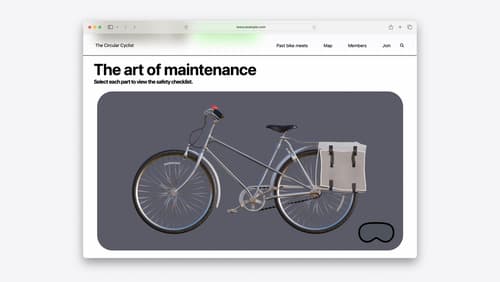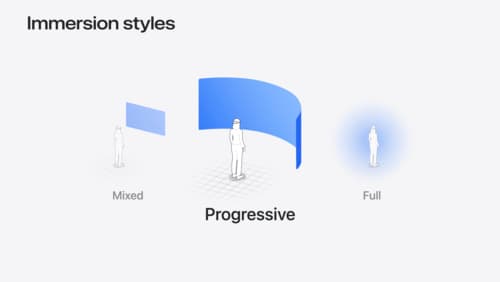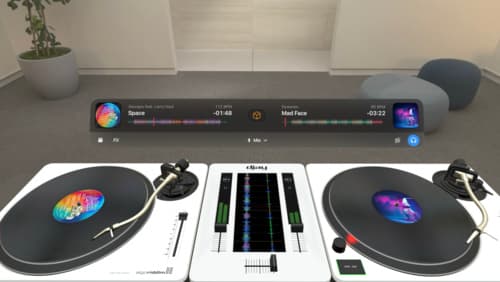How do I create a 3D model to use in visionOS?
Asked on 2024-07-30
1 search
To create a 3D model to use in visionOS, you can follow these steps:
-
Create or Obtain a 3D Model:
- You can create a 3D model using tools like Blender, Autodesk Maya, or SideFX Houdini. The most important thing is to save your work in the USDZ file format, which is required for visionOS.
- Alternatively, you can use apps like Reality Composer to capture objects using your phone or find models online and convert them to USDZ format using built-in tools on your Mac.
-
Optimize Your 3D Model:
- Ensure your model is optimized for performance. For immersive scenes, aim for no more than 500,000 triangles, and for shared spaces, aim for 250,000 triangles. Try to keep the number of triangles in view to around 100,000 to maintain performance.
- Split large objects into chunks to allow for culling when off-camera.
-
Import and Train in CreateML:
- Import your USDZ file into the CreateML app to train a machine learning model for object tracking. Drag and drop your USDZ file into the 3D viewport in CreateML.
- Verify the scale and dimensions of your 3D model to ensure it matches the real-world object.
- Select the most suitable viewing angle for your object to optimize the tracking experience.
-
Save and Use the Reference Object:
- Once the training is complete, save the reference object. This reference object is a new file type introduced for object tracking.
- Use this reference object in your app to anchor virtual content and create your spatial experience.
For more detailed steps and examples, you can refer to the session Explore object tracking for visionOS.
Relevant Sessions
- Explore object tracking for visionOS
- Optimize your 3D assets for spatial computing
- Create custom environments for your immersive apps in visionOS
These sessions provide comprehensive guidance on creating, optimizing, and using 3D models in visionOS.

Optimize for the spatial web
Discover how to make the most of visionOS capabilities on the web. Explore recent updates like improvements to selection highlighting, and the ability to present spatial photos and panorama images in fullscreen. Learn to take advantage of existing web standards for dictation and text-to-speech with WebSpeech, spatial soundscapes with WebAudio, and immersive experiences with WebXR.

Dive deep into volumes and immersive spaces
Discover powerful new ways to customize volumes and immersive spaces in visionOS. Learn to fine-tune how volumes resize and respond to people moving around them. Make volumes and immersive spaces interact through the power of coordinate conversions. Find out how to make your app react when people adjust immersion with the Digital Crown, and use a surrounding effect to dynamically customize the passthrough tint in your immersive space experience.

Design great visionOS apps
Find out how to create compelling spatial computing apps by embracing immersion, designing for eyes and hands, and taking advantage of depth, scale, and space. We’ll share several examples of great visionOS apps and explore how their designers approached creating new experiences for the platform.
